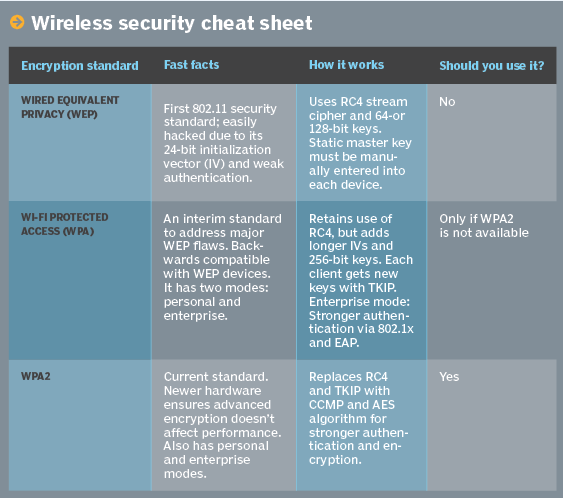


government for encrypting the information classified as top secret. This protocol was introduced in 2004. The most important improvement of WPA2 over WPA was the usage of the AES (Advanced Encryption Standard). Today’s default algorithm isWPA2 which is also known as WPA2-Personal. This prevents intruders from creating their own encryption key to match the one used by the secure network. Of course, WPA also to be pretty vulnerable to intrusion. WPA uses the TKIP which dynamically changes the key that the systems use. For an encrypted data transfer to work, both systems on the beginning and end of a data transfer must use the same encryption/decryption key. Most modern WPA applications use a pre-shared key (PSK), most often referred to as WPA Personal, and the TKIP (Temporal Key Integrity Protocol) for encryption. WEP was officially abandoned by the Wi-Fi Alliance in 2004.įor the time the 802.11i wireless security standard was in development, WPA was used as a temporary security enhancement for WEP. WEP is not the correct choice for securing your network, and in light of this, other types of wireless security were created. WEP was developed for wireless networks and approved as a Wi-Fi security standard in September 1999. There are a lot of well-known security issues in WEP, which is also easy to break and hard to configure. There are several types of wireless security Protocol that you’ll come across – here’s a quick rundown on the details. In this post, we’ll take a look at wireless security protocols to help you understand the different aspects of these protocols. Wireless security is the prevention of unauthorized access or damage to computers or data using wireless networks, which include Wi-Fi networks.


 0 kommentar(er)
0 kommentar(er)
